
Did you know that modern humans have existed for roughly 200,000 years, yet recorded history spans only the last 5,000? This striking contrast underscores the vast, unrecorded epochs of human experience and the relatively recent dawn of civilizations that shaped our world. World history, the study of interconnected global events and cultures, offers a lens to understand how societies evolved, clashed, and coalesced into the modern era. From the rise of Mesopotamia’s first cities to the digital revolution, history is a mosaic of innovation, conflict, and resilience.
Consider this: the Silk Road, an ancient trade network, not only exchanged goods but also ideas, religions, and technologies, linking continents millennia before globalization. Such networks remind us that world history is not a series of isolated events but a web of shared human endeavors. In this article, we’ll traverse key epochs, explore the pros and cons of historical study, and uncover how the past continues to shape our present—and future.
Table of Contents
1. Ancient Civilizations: The Cradle of Human Innovation (3500 BCE – 500 BCE)
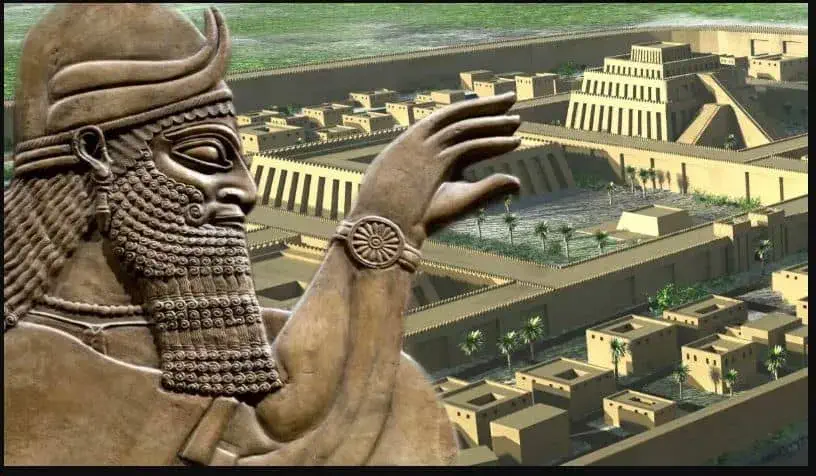
The story of world history begins with the birth of civilizations along fertile river valleys. In Mesopotamia, the Sumerians invented cuneiform writing, revolutionizing communication. Egypt’s Nile Valley gave rise to monumental architecture, such as the pyramids, symbolizing divine kingship. Meanwhile, the Indus Valley Civilization (modern-day Pakistan and India) showcased advanced urban planning with grid cities and sewage systems.
These societies laid the groundwork for governance, religion, and trade. For instance, Hammurabi’s Code (Babylon, 1754 BCE) established early legal systems, emphasizing justice—a concept echoing in modern law.
2. Classical Empires: Expansion and Exchange (500 BCE – 500 CE)
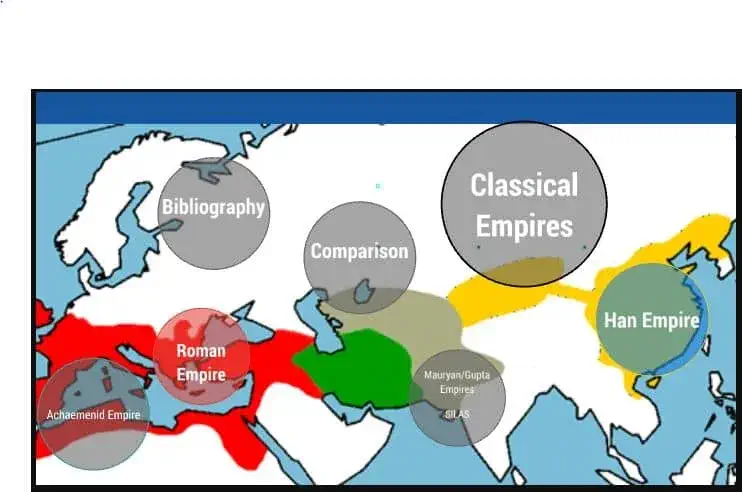
The classical era saw empires expand and interact. The Persian Empire connected the Middle East through the Royal Road, while Greece’s city-states pioneered democracy and philosophy. Alexander the Great’s conquests spread Hellenistic culture from Egypt to India, blending traditions.
In the East, the Han Dynasty standardized Chinese writing and bureaucracy, while Rome’s republic (and later empire) unified the Mediterranean under Roman law and infrastructure. The Silk Road flourished during this period, facilitating the exchange of silk, spices, and Buddhism from India to China.
3. Medieval Worlds: Faith, Feudalism, and Cross-Cultural Dialogues (500 CE – 1500 CE)
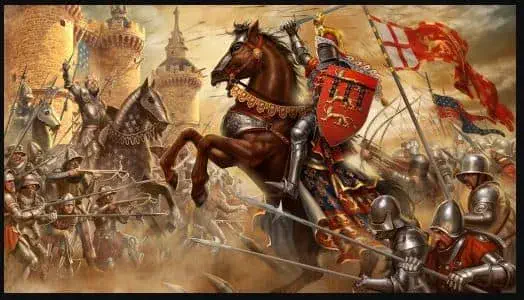
Post-Roman Europe fragmented into feudalism, yet the Islamic Golden Age (8th–13th centuries) thrived. Scholars in Baghdad’s House of Wisdom translated Greek texts, advancing mathematics, medicine, and astronomy. Meanwhile, the Mali Empire in West Africa became a hub of gold and learning under Mansa Musa.
In the Americas, the Maya developed a complex calendar system, while the Mongol Empire (13th–14th centuries) created the largest contiguous land empire, fostering trade and cultural exchange across Eurasia.
4. Early Modern Era: Exploration, Enlightenment, and Exploitation (1500 CE – 1800 CE)
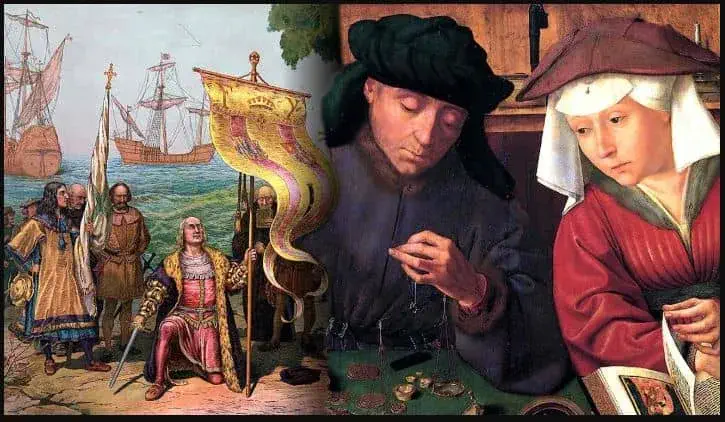
European exploration, driven by figures like Columbus and Zheng He, reshaped global dynamics. The Columbian Exchange transferred crops, animals, and diseases between hemispheres, transforming diets and demographics. The transatlantic slave trade, however, inflicted enduring trauma on Africa and the Americas.
The Enlightenment (18th century) challenged traditional authority, inspiring revolutions in America (1776) and France (1789). These movements championed individual rights, influencing modern democracies.
5. Modern History: Industrialization and Ideologies (1800 CE – 2000 CE)
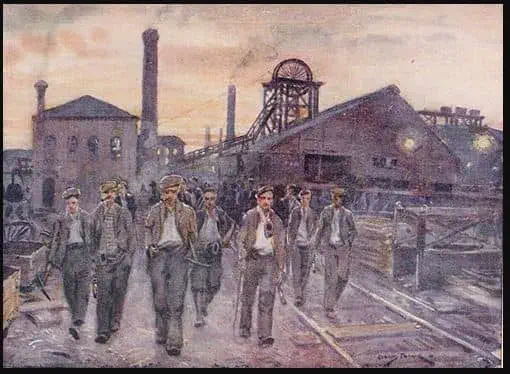
The Industrial Revolution (1760–1840) mechanized production, spurring urbanization but also labor exploitation. Imperialism reached its zenith as European powers colonized Africa and Asia, extracting resources and imposing cultural hegemony.
The 20th century witnessed devastating world wars, the Cold War’s ideological divide, and decolonization movements. The Civil Rights Movement and feminist waves redefined social justice, illustrating history’s role in ongoing struggles for equality.
6. Contemporary Perspectives: Globalization and Digital Frontiers (2000 CE – Present)

Today, globalization intertwines economies and cultures, yet debates over nationalism and climate change dominate. The digital revolution, akin to the printing press’s impact, democratizes information but also spreads misinformation. Movements like #BlackLivesMatter highlight how historical injustices persist, urging societies to confront systemic inequities.
Advantages and Disadvantages of Studying World History
Advantages
- Cultural Empathy: Understanding diverse histories fosters tolerance. For example, learning about the Holocaust or Rwanda’s genocide underscores the dangers of prejudice.
- Informed Citizenship: Historical knowledge aids in critiquing policies. The Marshall Plan’s post-WWII success shows how cooperation rebuilds nations.
- Learning from Mistakes: The Treaty of Versailles’ harsh terms on Germany after WWI illustrates how punitive measures can fuel future conflicts.
Disadvantages
- Bias and Interpretation: Eurocentric narratives often marginalize non-Western voices. For instance, colonial histories once glorified empires while ignoring indigenous suffering.
- Oversimplification: Complex events, like the Cold War, are sometimes reduced to “capitalism vs. communism,” neglecting regional nuances like Africa’s proxy wars.
- Information Overload: The sheer scope of world history can overwhelm learners, risking superficial engagement.
Comparative Analysis: While studying history promotes critical thinking, reliance on biased sources can distort perceptions. For example, contrasting Japanese and Korean textbooks on WWII reveals divergent national narratives.
Conclusion
World history is more than a chronicle of dates—it’s a mirror reflecting humanity’s triumphs and failures. By examining ancient innovations, medieval exchanges, and modern revolutions, we grasp the roots of today’s interconnected world. As we navigate challenges like climate change and inequality, historical lessons urge cooperation over division.
Looking ahead, digital archives and AI are revolutionizing historical research, offering new insights into forgotten stories. To engage with world history is to participate in an ongoing dialogue between past and present, ensuring that future generations inherit a more inclusive and informed worldview.
You Might like
List of Top 10 Geography Articles
List of Top 10 Culture Articles
Frequently Asked Questions (FAQs)
Why is world history important?
World history cultivates global awareness, helping us understand cultural diversity and the origins of current issues, such as geopolitical conflicts or economic systems.
How did colonization impact modern societies?
Colonization reshaped economies, borders, and cultures, often through exploitation. For example, India’s railroad system, built by the British, served colonial interests but later aided national unity.
What role did religion play in historical development?
Religions like Buddhism, Christianity, and Islam influenced laws, art, and conflicts. The Crusades, for instance, altered European and Middle Eastern relations for centuries.
How reliable are historical sources?
Sources vary in reliability; historians cross-check artifacts, documents, and oral traditions. The Rosetta Stone, for example, was key to deciphering Egyptian hieroglyphs, validating historical records
How does globalization differ from past exchanges?
While the Silk Road connected regions gradually, modern globalization is instantaneous, driven by technology and multinational corporations, creating both opportunities and cultural homogenization.
Additional Resources
